What is “Better”?
When golfers buy new clubs, they expect to play better. Why? Because all the marketing around new clubs promises more distance, superior forgiveness, and improved accuracy. But – prepare yourself – the marketing may be oversimplifying things. Rather than buying new clubs with the idea that they will be “better,” let’s think about whether we’re trying to raise the floor or the ceiling.
Check out this lesson as a podcast HERE
This Lesson Is For You If:
You’re thinking about buying new clubs
You’re going to get fit for new clubs
You want new golf clubs to improve your game
Defining Your Floor and Ceiling
Let’s start with some definitions. When I say that a club will raise your ceiling, I’m talking about how it performs on your best swings and on days when you have your A game. This higher ceiling could mean more distance, it might be a better ball flight, or it might mean the ability to control trajectory, shot shape, and hold a green.
On the other hand, raising the floor is all about what happens when you don’t have your best stuff. If off-center contacts fly farther, that’s raising the floor. The same can be said for shrinking your dispersion or keeping mishits closer to the target line.
What’s More Important?
The question of whether it’s more important to raise your ceiling or your floor varies from person to person and from club to club. If you rarely mishit your driver, it’s probably more important to raise your ceiling than your floor. However, if you routinely blade or chunk your wedge shots, raising the ceiling doesn’t mean much compared to improving your worst shots.
Before you go for a fitting, spend some time thinking about the club(s) you’re going to replace and what you want from a replacement. This process will be even better if you have shot tracking data to refer to. Are you losing shots because of a huge dispersion pattern? Let’s raise the floor. Is this club a consistent performer that could just stand to be longer or more versatile? Let’s raise the ceiling.
Drivers & Tee Shot Clubs
When we get fit for a new driver, fairway wood, or hybrid, it’s easy to be transfixed by the club that produces the longest shot. We tell ourselves that we’re going to practice more, learn that club, and produce that monstrous result more regularly. But the longest club isn’t always the best.
After you’ve had a chance to hit multiple options, look at what you’re gaining with each club vs. what you’re giving up. If one club is five yards longer, that’s great, but what’s the downside? Are the mishits much shorter or further offline? Is it worth getting five more yards on your best swings if you’re in the trees twice a round? Alternately, it’s possible that there isn’t much of a tradeoff. The more consistent club might provide only a small improvement in dispersion while being ten yards shorter.
Irons & Approach Clubs
Whether you’re looking at fairway woods, hybrids, or irons for your approach shots, there are numerous things to take into account. At the top of the list are distance, dispersion (left-to-right and short-to-long), and landing angle.
How far you hit your irons does matter, but it shouldn’t be the only factor. In fact, I view being overly focused on iron distance as a red flag in a club fitter. However, the priorities are ultimately set by you, the golfer. If you want to play the iron with the highest distance potential, that’s your choice. It makes the fitting process pretty easy, though I wouldn’t want you on my team if we’re playing for money. In my opinion, you also need to look at how far a club goes on mishits. Depending on your handicap, you might trade some top end distance (ceiling) for more distance on mishits (floor).
Your approach shot clubs should also produce an acceptable dispersion pattern. Again, there’s a question of ceiling and floor. Is it more important that you best swings produce laser straight shots or that the bad swings stay out of the woods?
Unless you play on asphalt greens, your landing angle just needs to be steep enough – typically 45 degrees. I wouldn’t get overly concerned about the difference between a set that lands at 47 degrees vs. another at 45.5.
Once you get past those major considerations, stronger players may want to consider factors like shot shaping, turf interaction, and trajectory control. This is one of those areas where you may have a clear floor vs. ceiling choice to make. A less forgiving club may offer you more shot control, which you will value on your best days. On the other hand, those clubs might make your bad days feel a little longer.
Wedges
The emergence of cavity back wedges gives players the ability to consider floor vs. ceiling in their short game, too. The choice here is straightforward, if not simple. With a cavity back wedge, you’re going to get better performance on mishits. It’s not going to be a ten yards difference like with a driver, but in the short game every foot counts.
When opting for a cavity back wedge, you give up some choices, primarily in the sole. While there are exceptions (the PING Glide 4.0, review HERE), cavity back wedges typically only come with one sole option. Tour or blade wedges usually have loads of options.
My suggestion is to ask yourself two questions. First, how strong is your wedge play? If you’re a really good wedge player, it might be worth giving up forgiveness for more versatility or soles designed for your swing and course conditions. Second, how much do you gain from “non-stock” sole options? If you play exclusively on very tight, firm turf, you may genuinely need lower bounce or a thinner sole. Similarly, if you’re very skilled and you hit tons of open face shots, you may really benefit from a versatile sole grind. However, if neither of these apply to your short game, I’d probably opt for added forgiveness.
Putters
Putters are the one category of club that doesn’t fit as neatly into this floor/ceiling concept. In addition to putting being very mental, players can have varying levels of comfort at different distances.
As an example, I’ve always used an Anser-style putter. I know that switching to a mallet would give me superior forgiveness on mishits. I’ve also tested zero torque/lie angle balanced putters and had tremendous results [check that out HERE]. However, especially on short putts, I’m more confident with my blade because I have so much experience with it.
When trying new putters, test them at different distances, then ask yourself some questions. Is it better to be confident over four-footers or get some needed forgiveness on longer putts? Am I willing to put the practice time in to get comfortable with this different style of putter? Questions like this will lead you to finding a putter that gives you strong performance across the range of putts.
He founded Plugged In Golf in 2013 with the goal of helping all golfers play better and enjoy the game more.
Matt lives in the northwest suburbs of Chicago with his wife and two daughters.
- Performance Golf Click Stick Training Aid Review - October 18, 2024
- Callaway Opus Platinum Wedge Review - October 17, 2024
- When to Take a Break from Golf - October 15, 2024


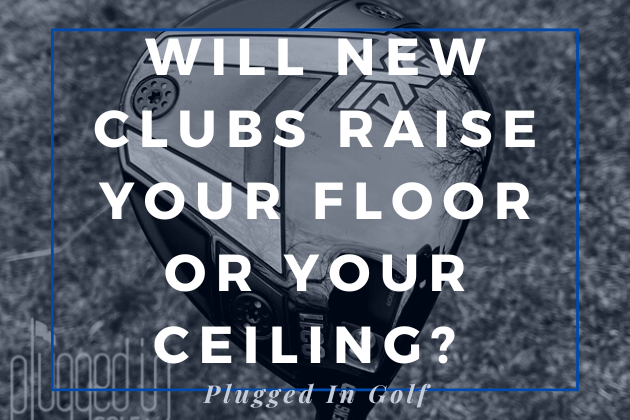

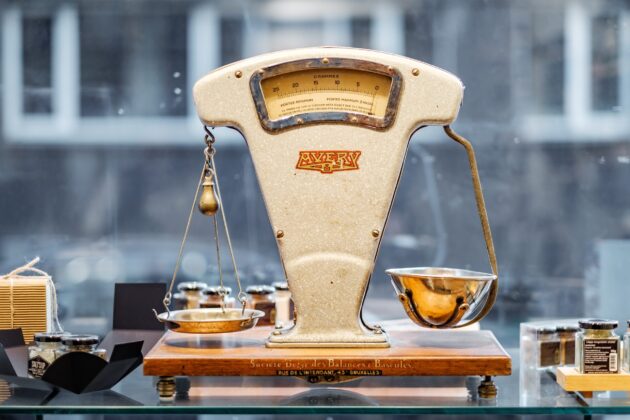
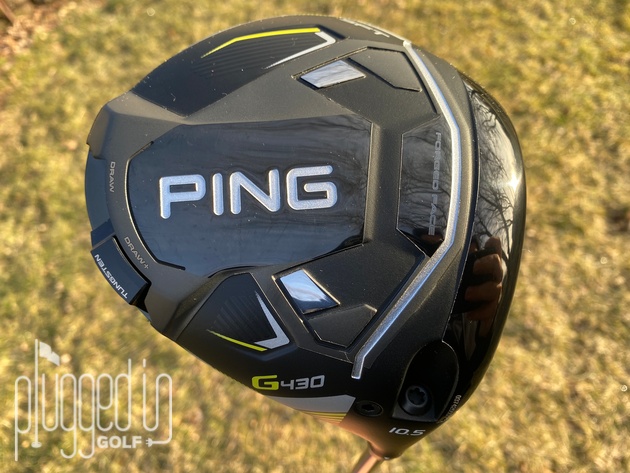
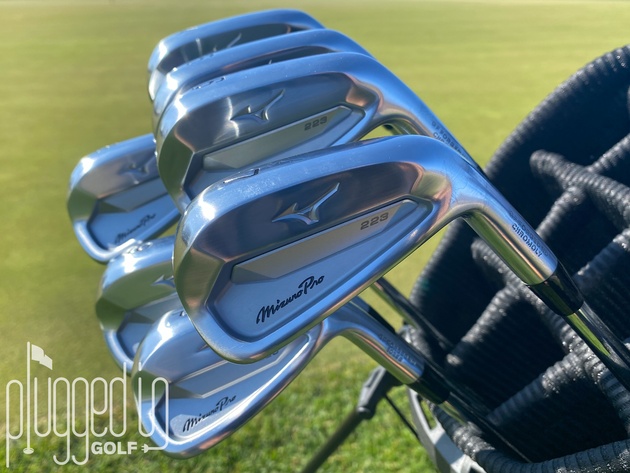
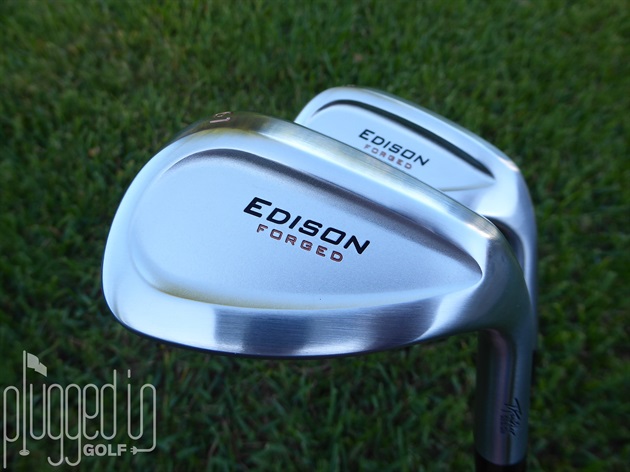
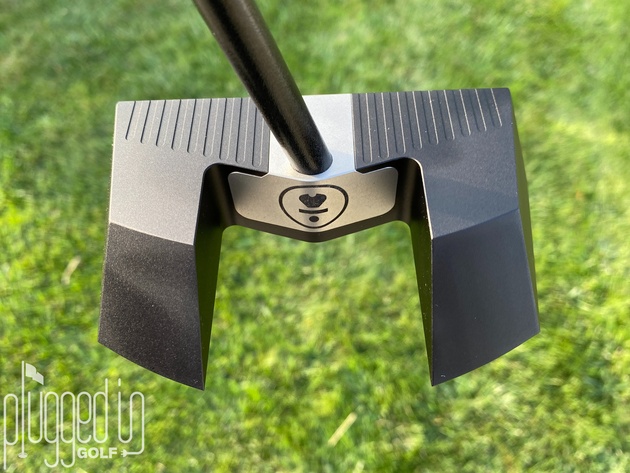
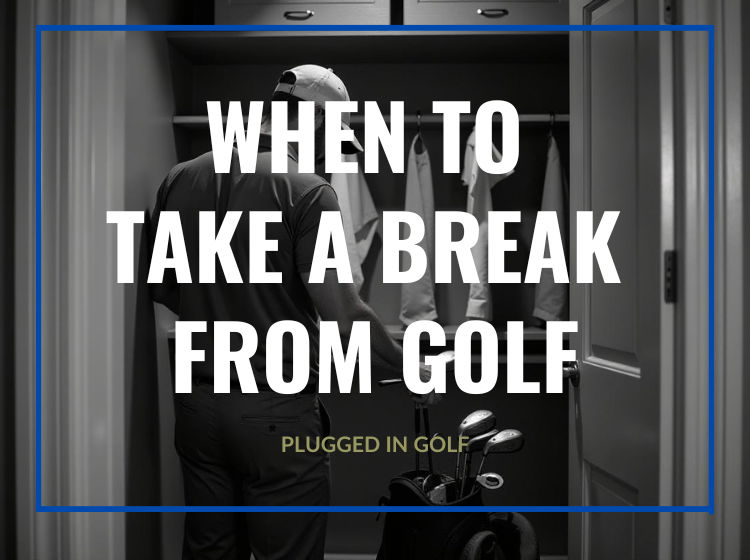
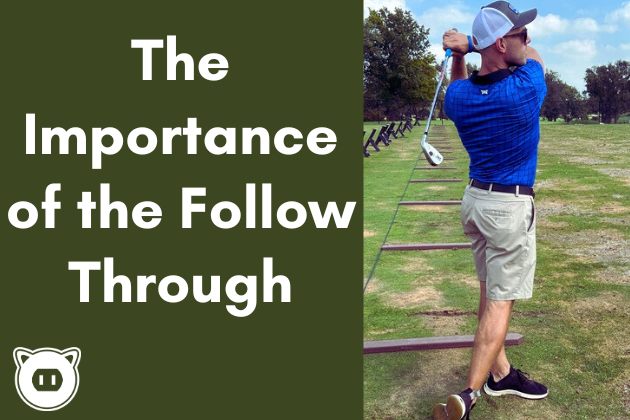
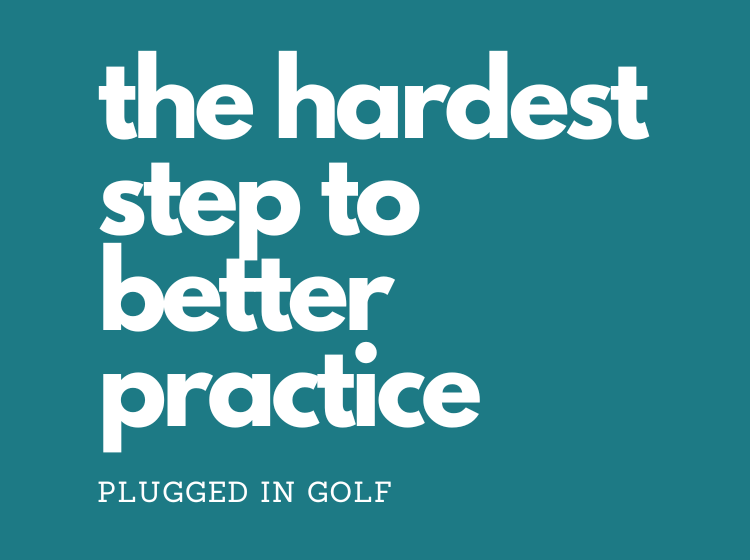









8 Comments
When I went for my custom fitting at club champion, I honestly had no clue what to look for. What ended up happening is getting clubs that raise my floor, me being a high handicapper, I think that was the best approach.
My handicap actually increased this past season but my enjoyment was much higher. I also just felt like I was hitting better shots. I know club champion can get a bad rap,but I was extremely satisfied with my experience
Excellent article, really!!!
What a great way to think about your golf equipment – what may work best *for me* – especially considering the distinction of floor vs ceiling performance; ie. which would *I* benefit more from.
Also a great “swing thought” ;-) to focus on in your next club fitting!
Great article. Thanks.
so after reading this, ive decided i need a new 3 wood. mine is about 20 ish yrs old so i figure the forgiveness aspect will really come into play.
I haven’t played in a couple years due to back trouble. I want to start playing again. Is better to go out and get fitted and buy clubs sooner or to start playing again and once I get to where I can hit the ball again and get fit then?
Fritz,
It depends somewhat on what equipment you currently have, but I would generally recommend getting fit first. You can let the fitter know your situation, that you might improve some, etc, but I don’t see the point in playing clubs that don’t fit your body, speed, and swing.
Best,
Matt
Thank You, Matt
I guess I’m asking if it would be better to actually start playing again and then get fit or to get fit and then start playing again?
#DoubleSecret